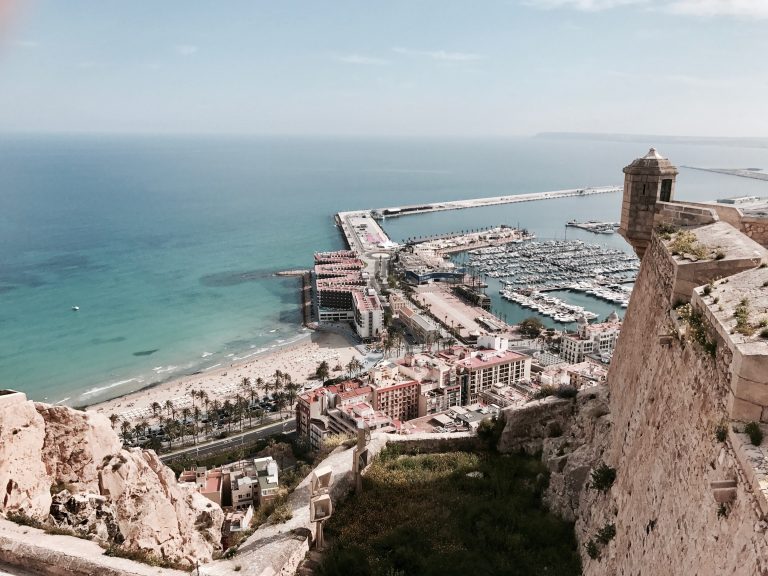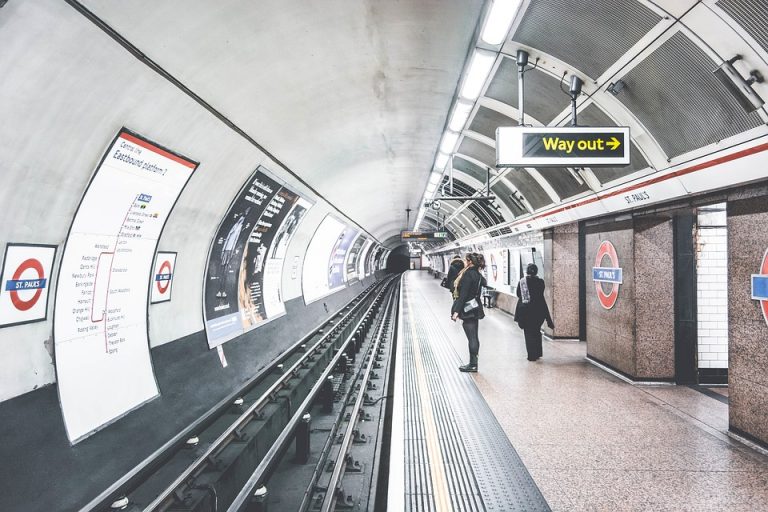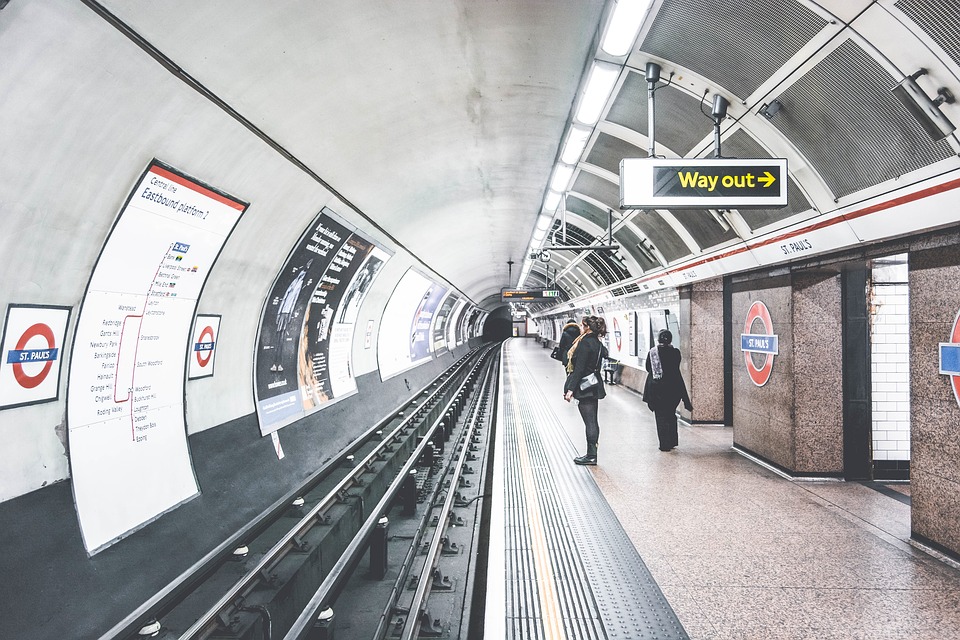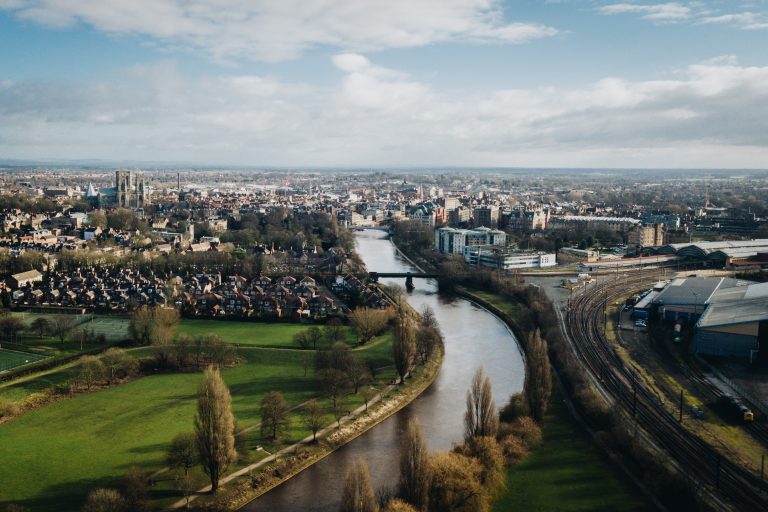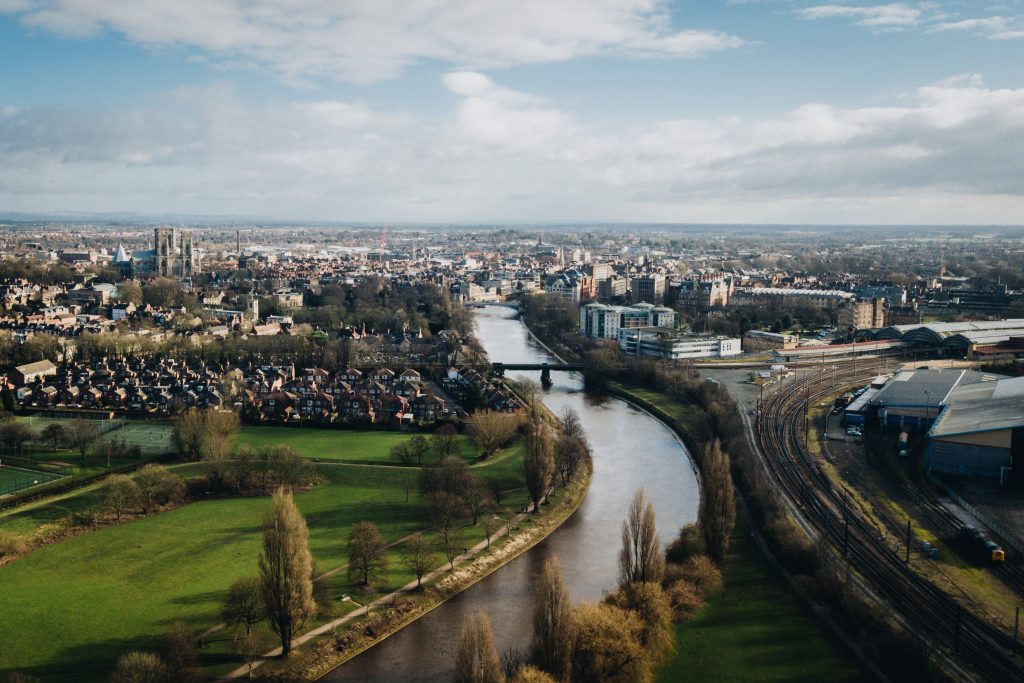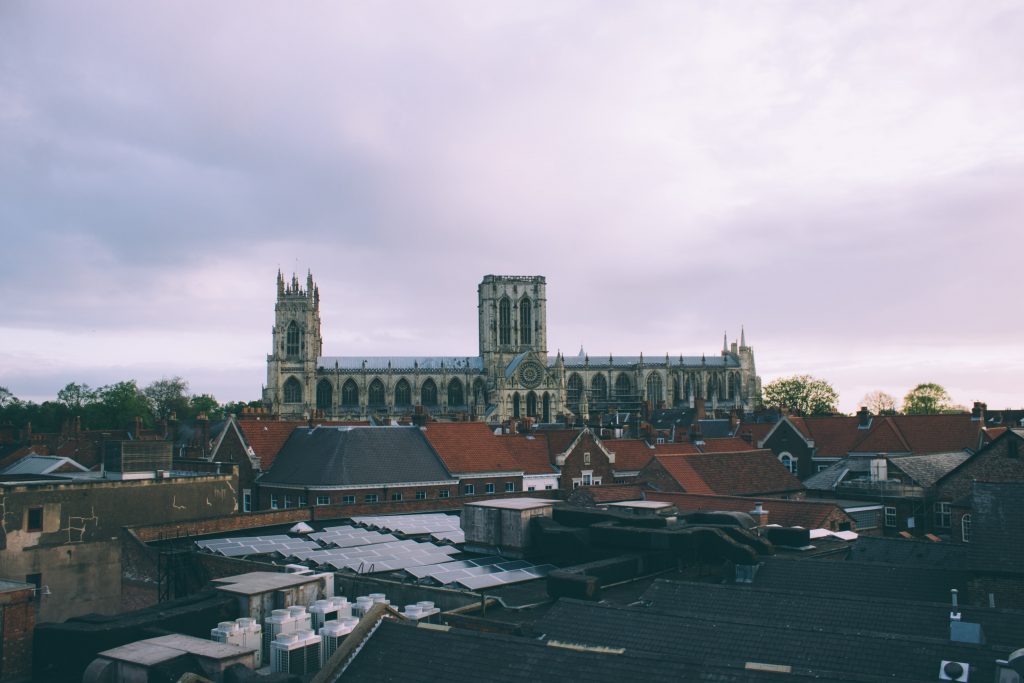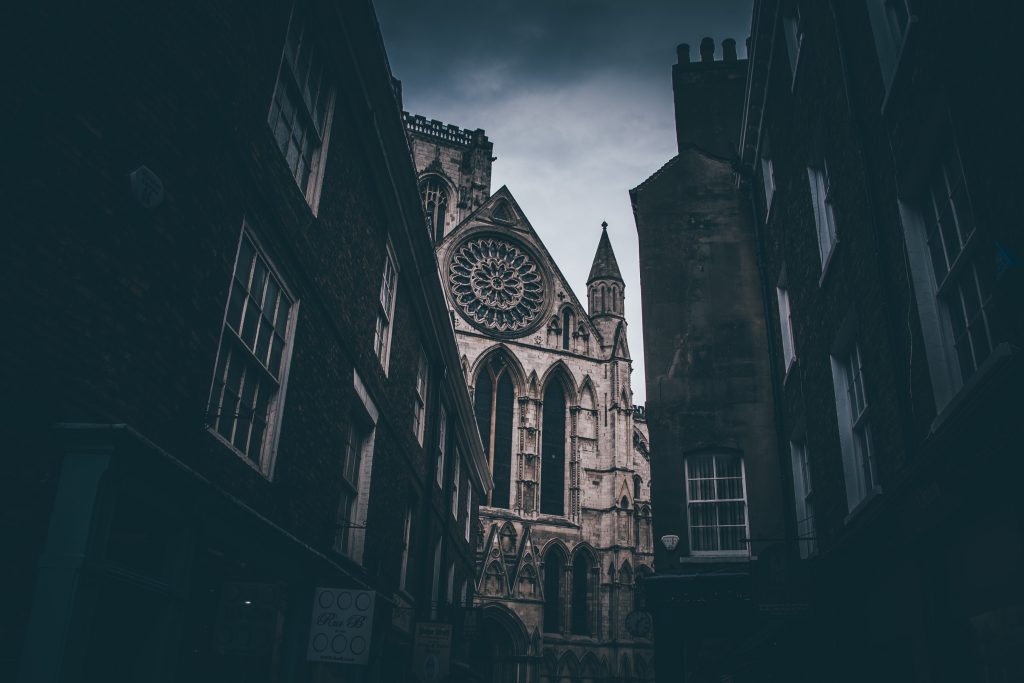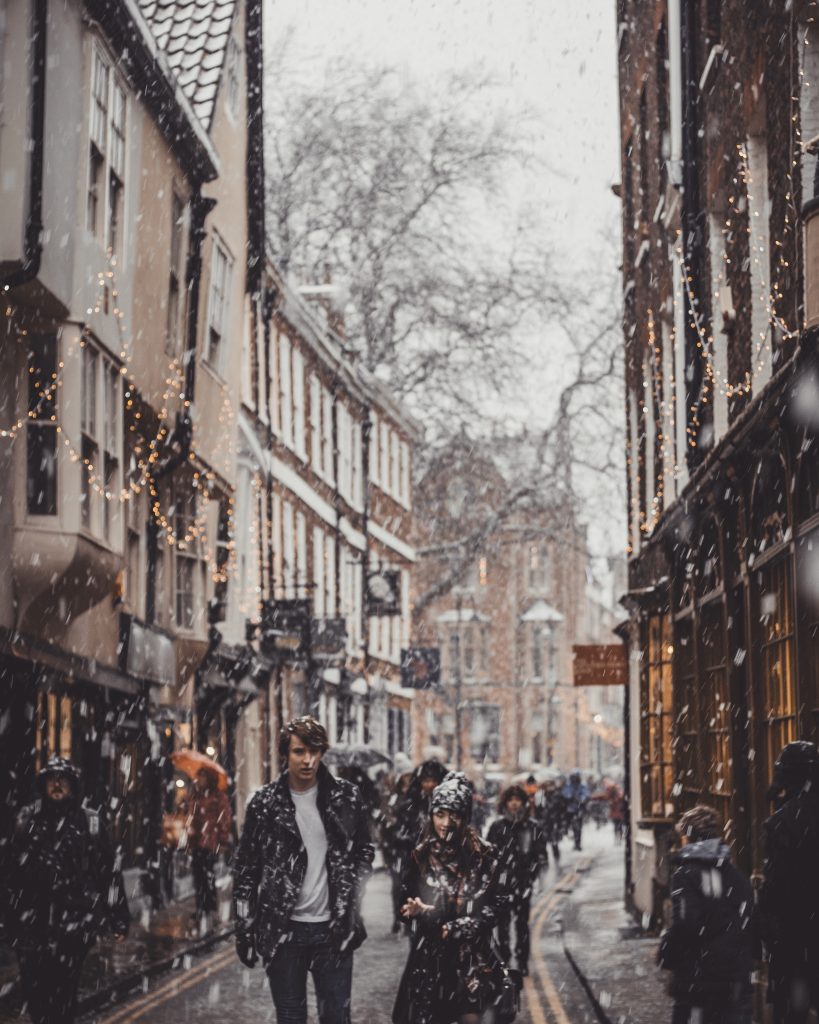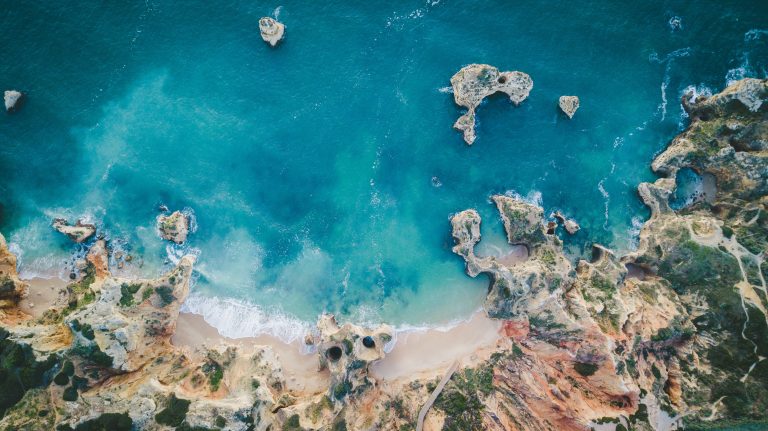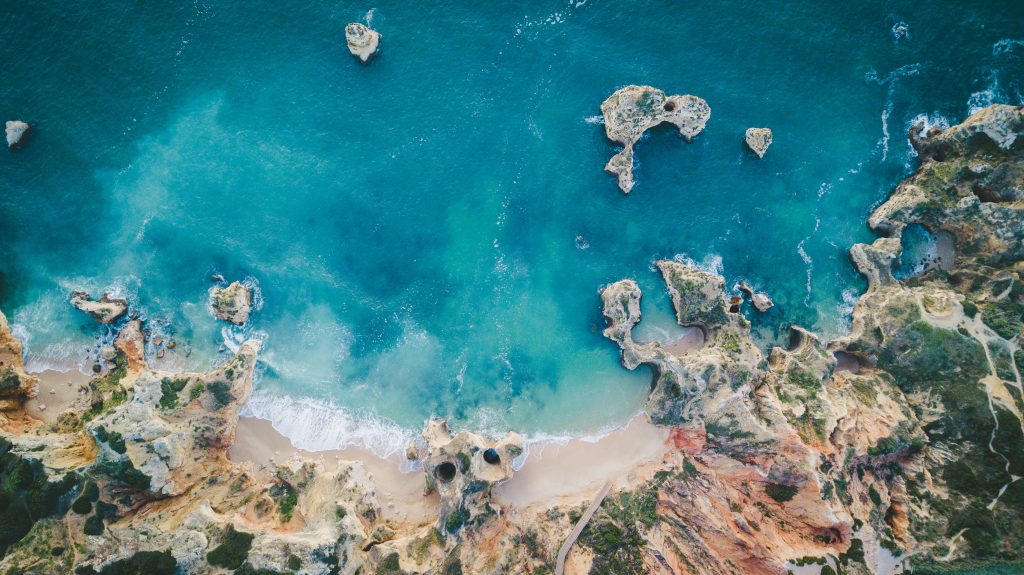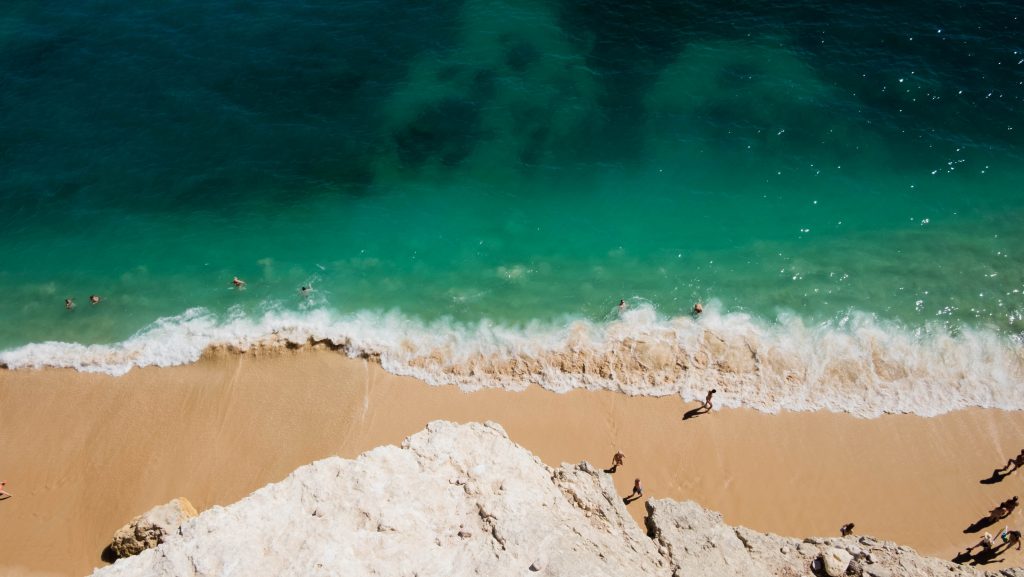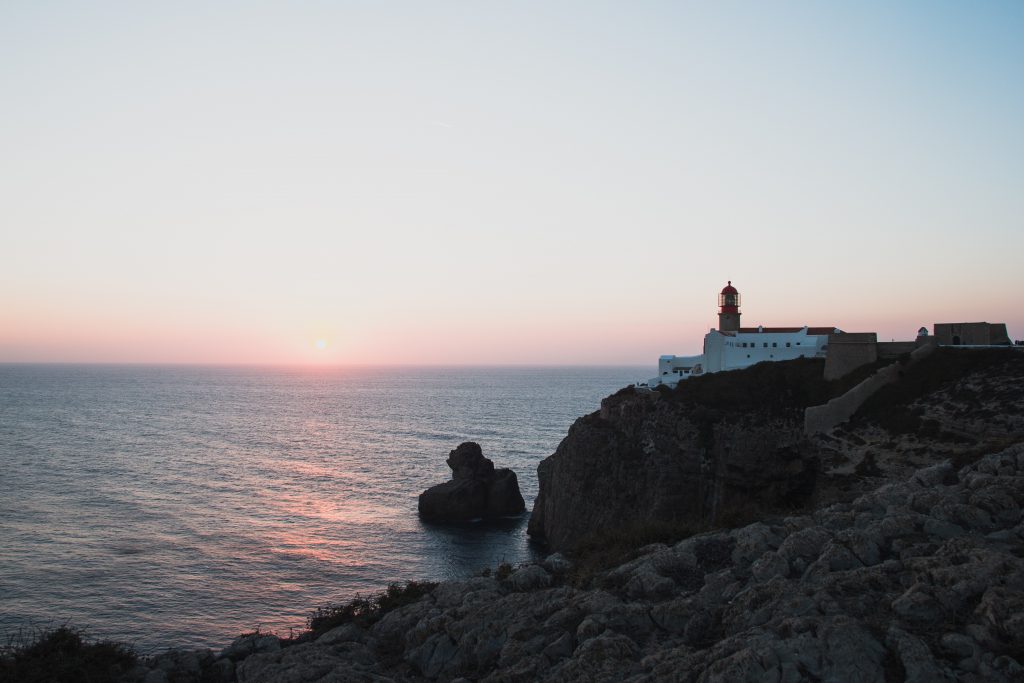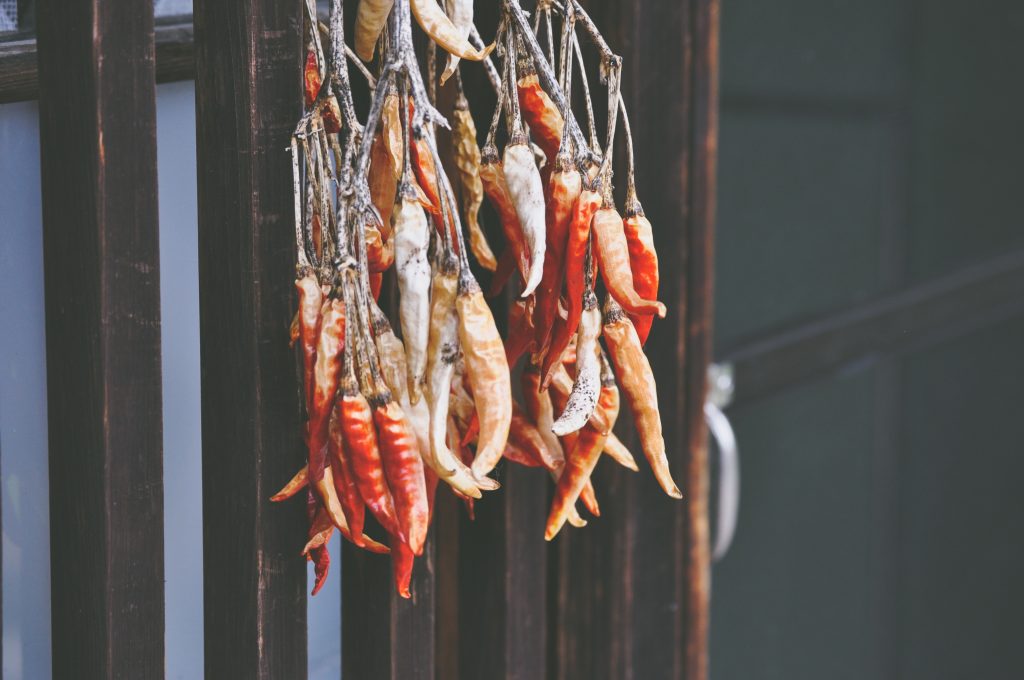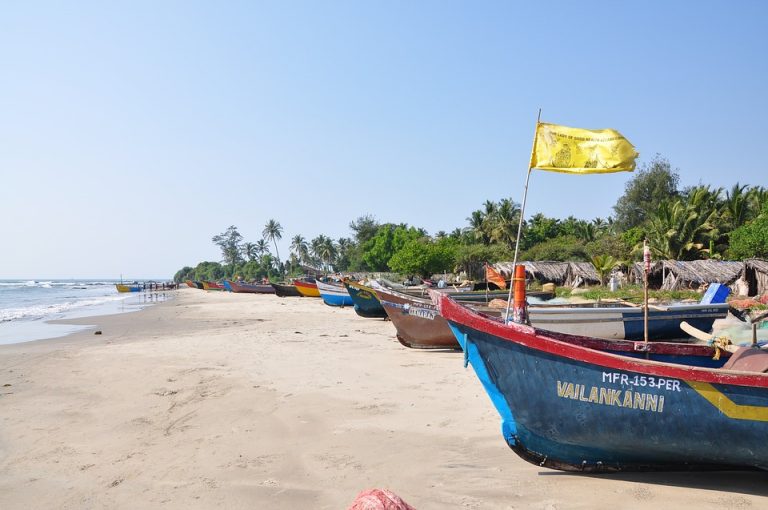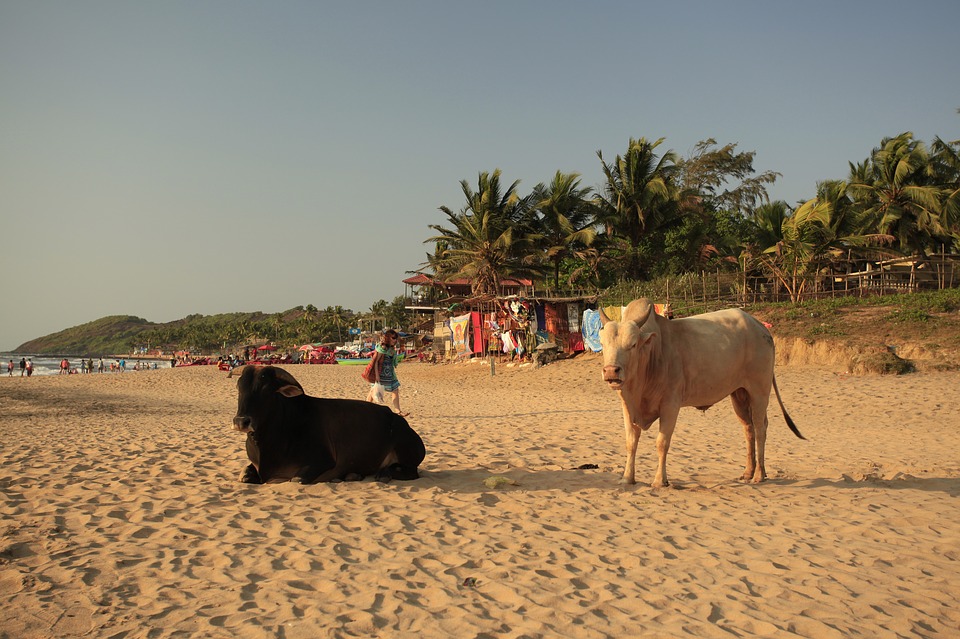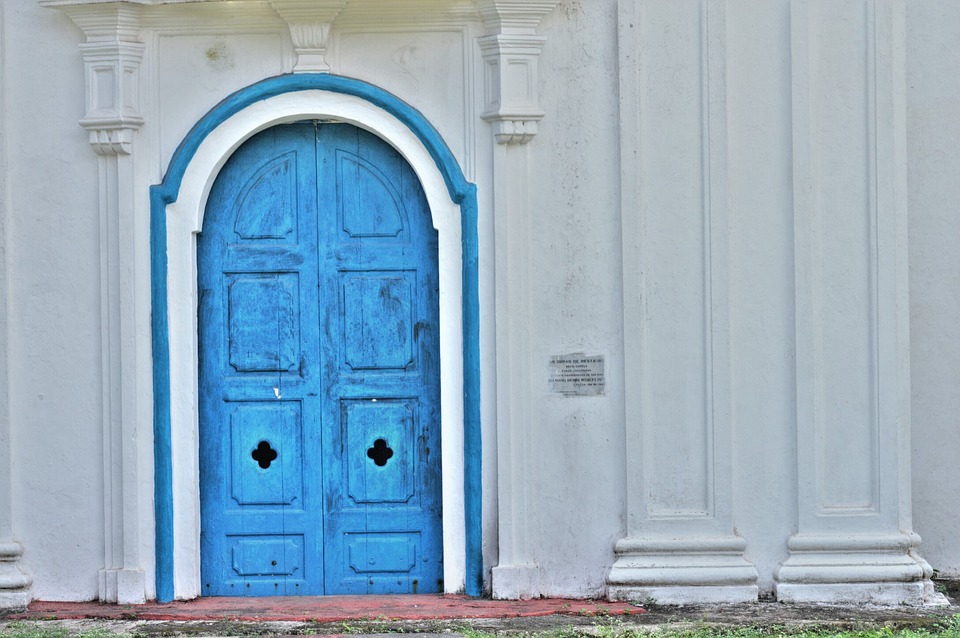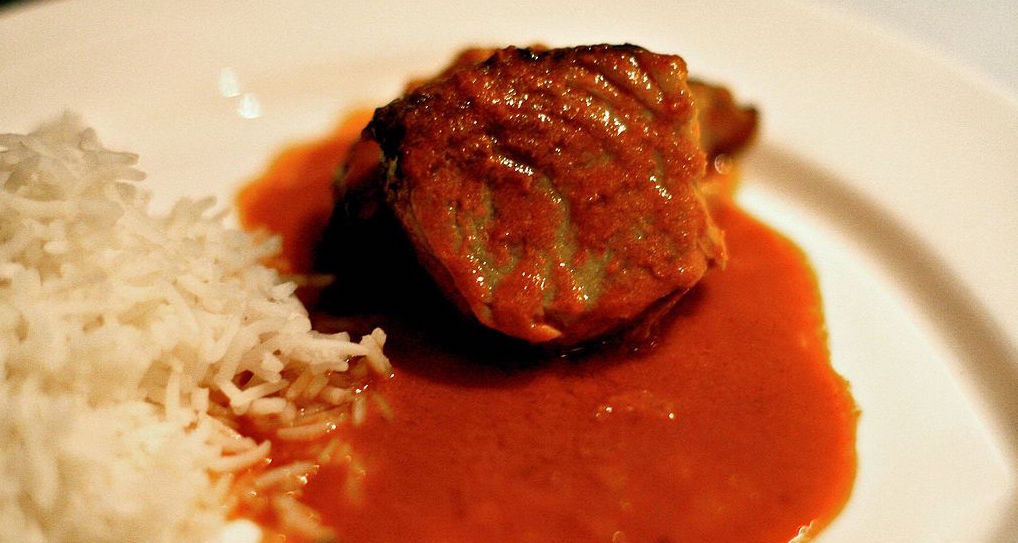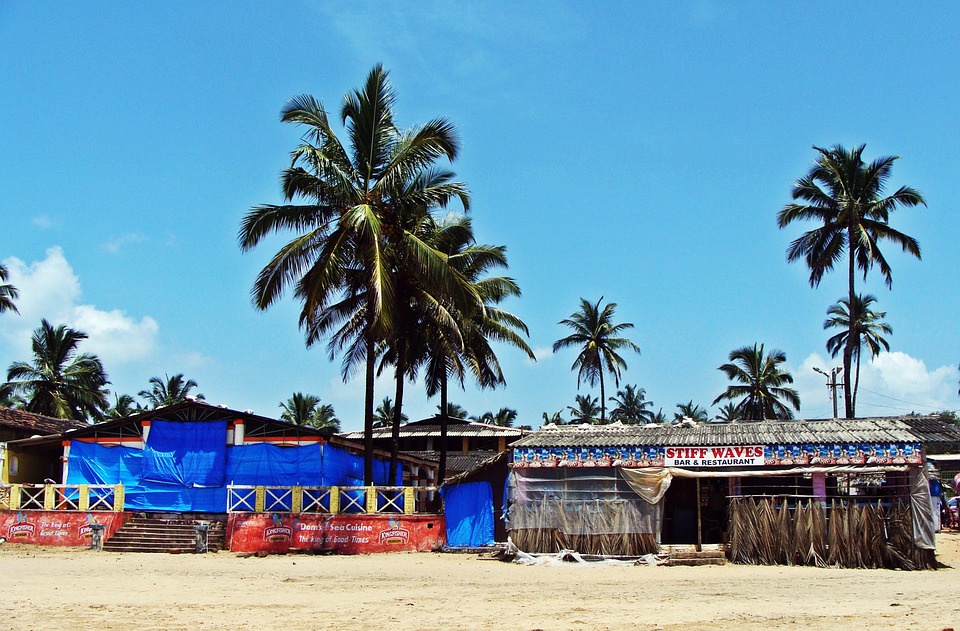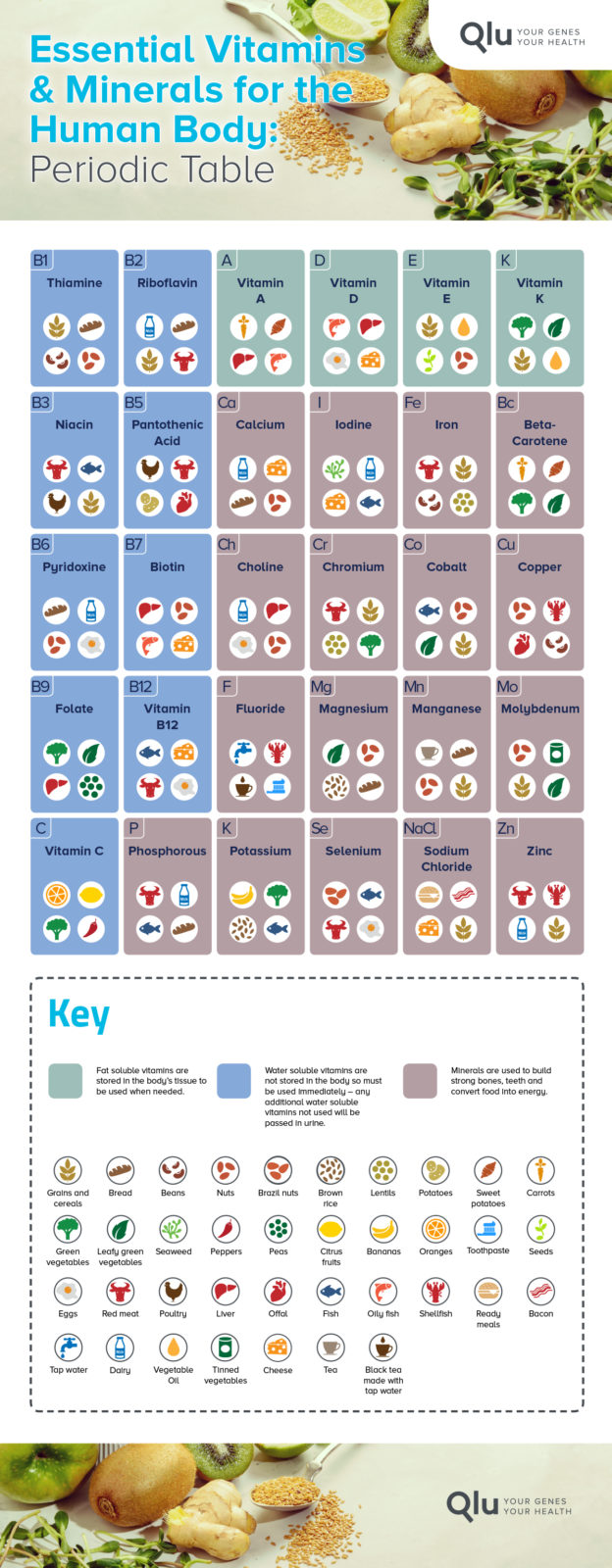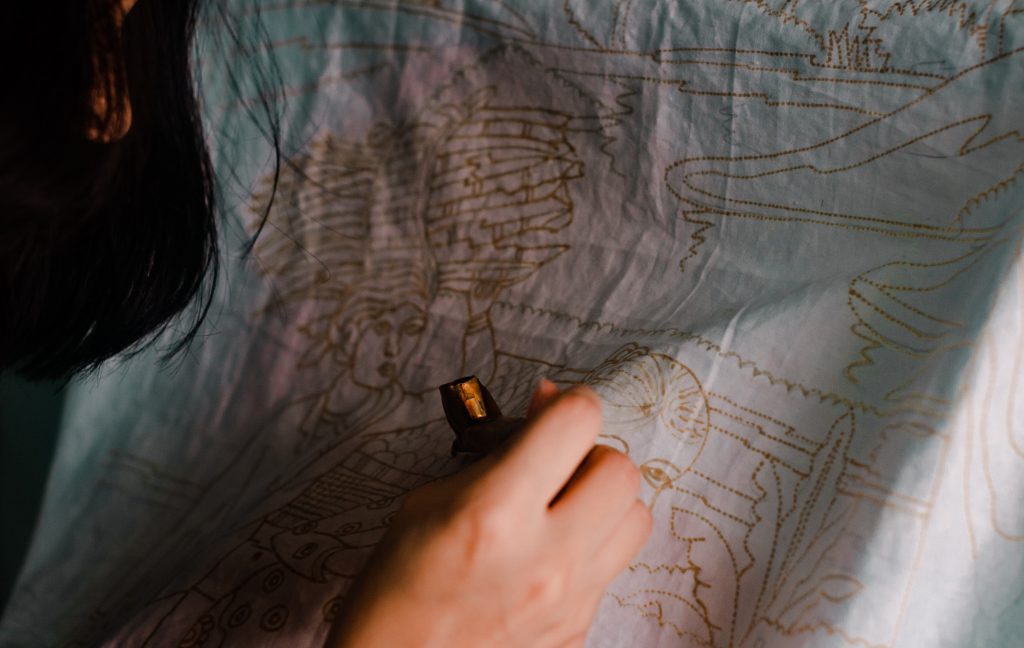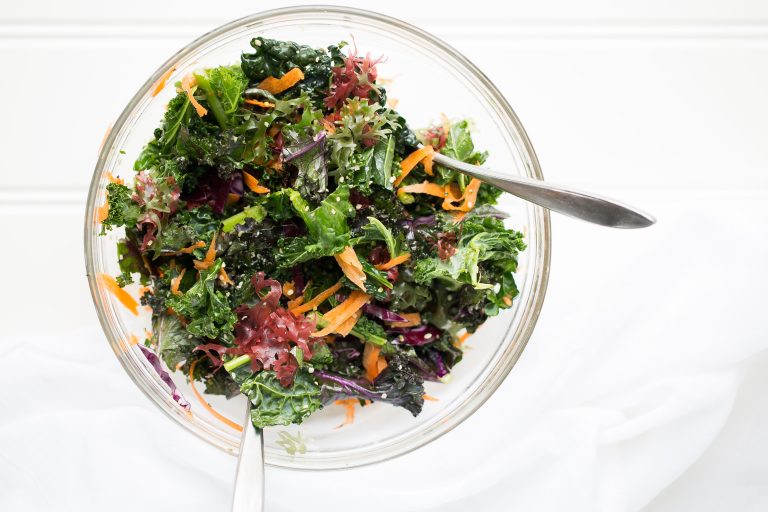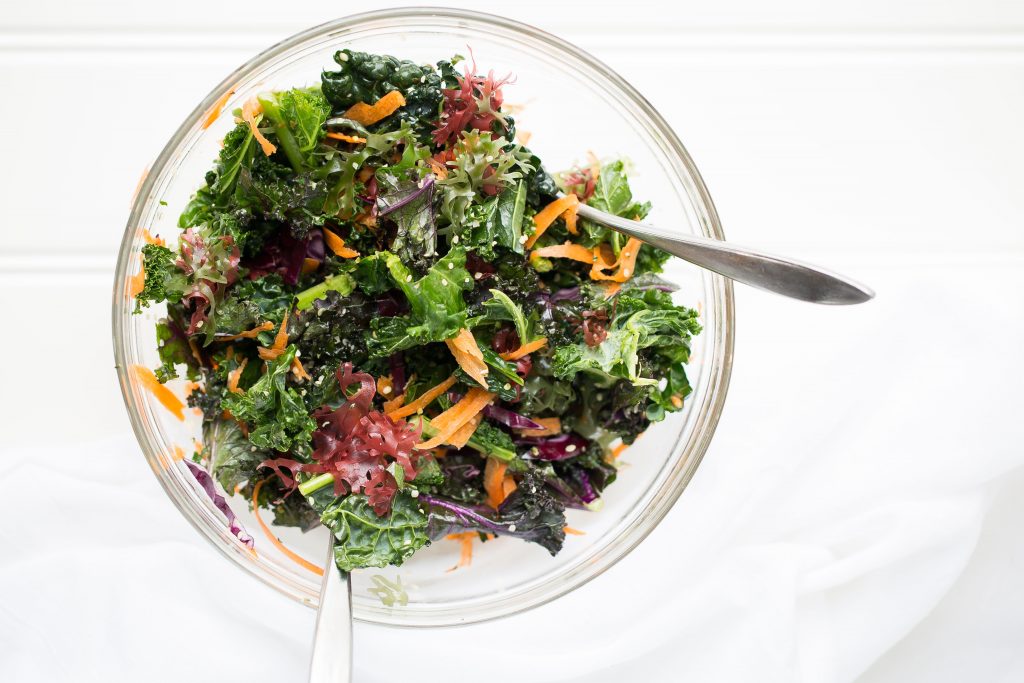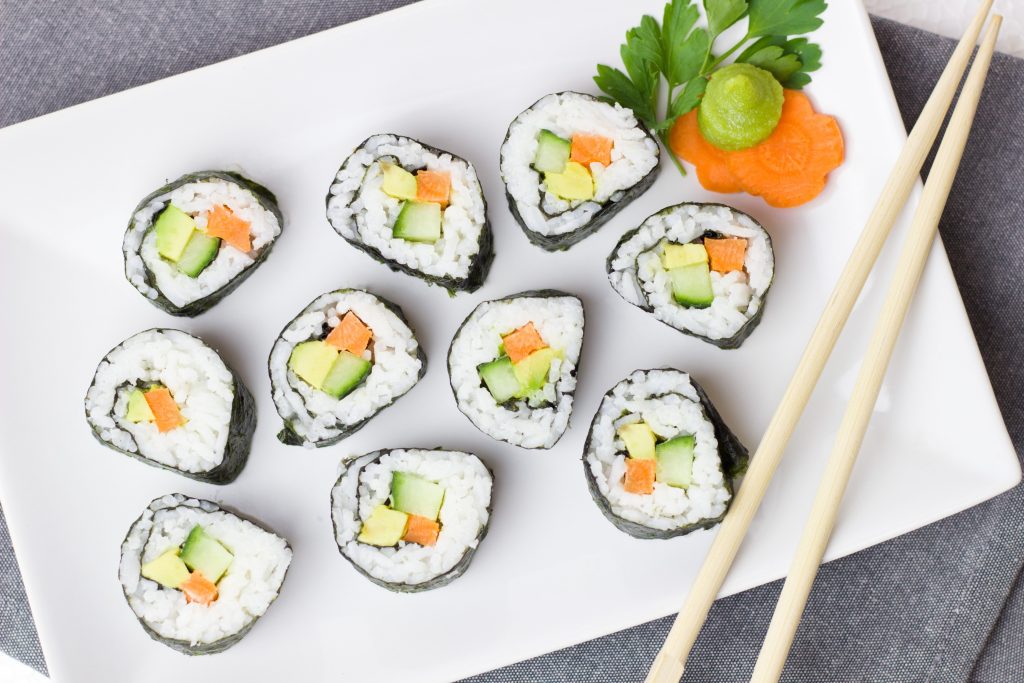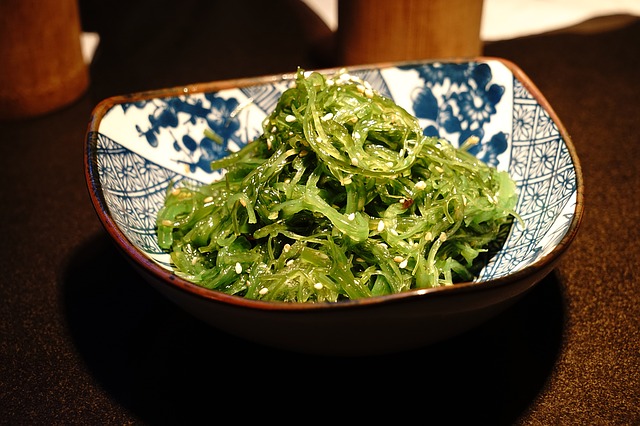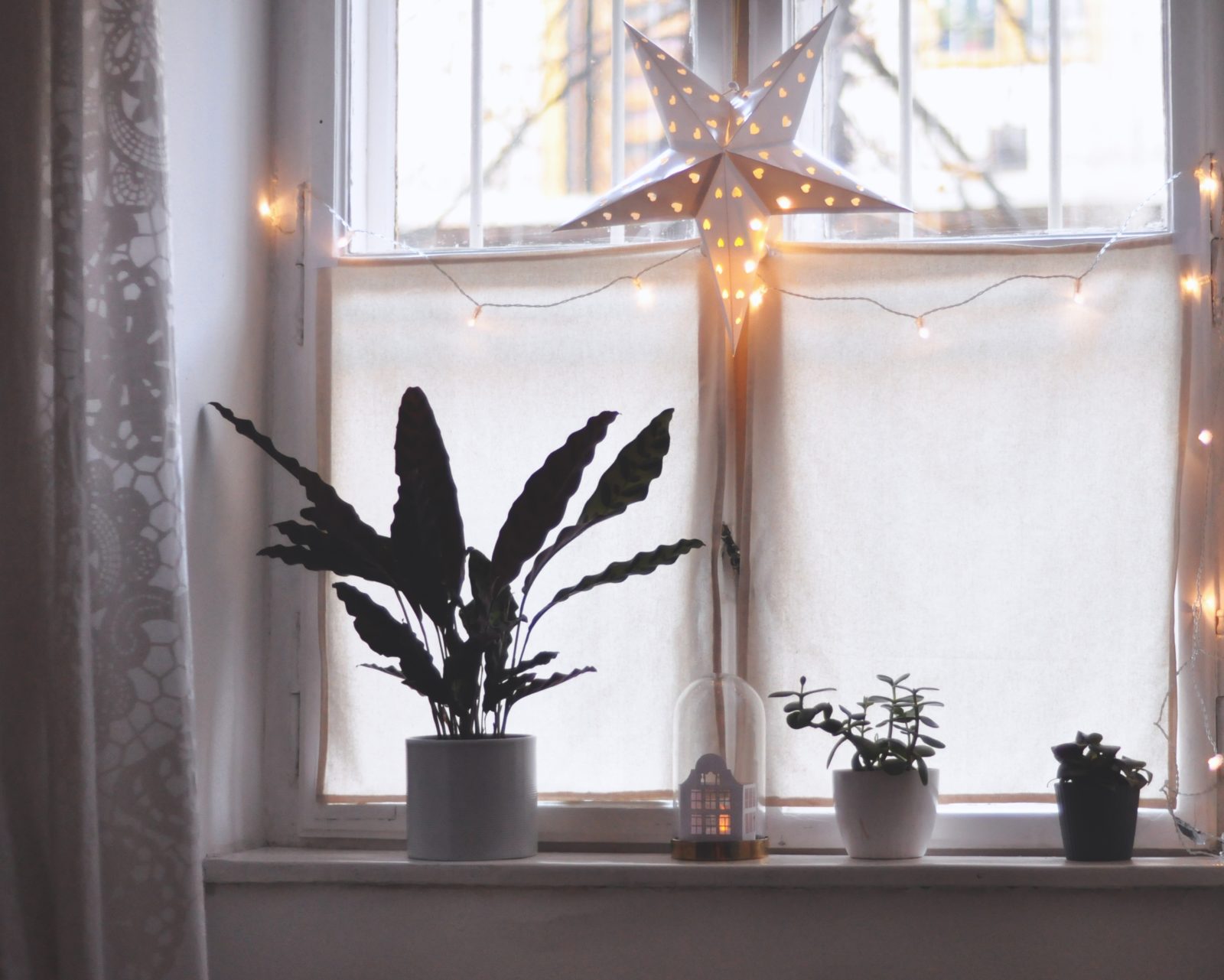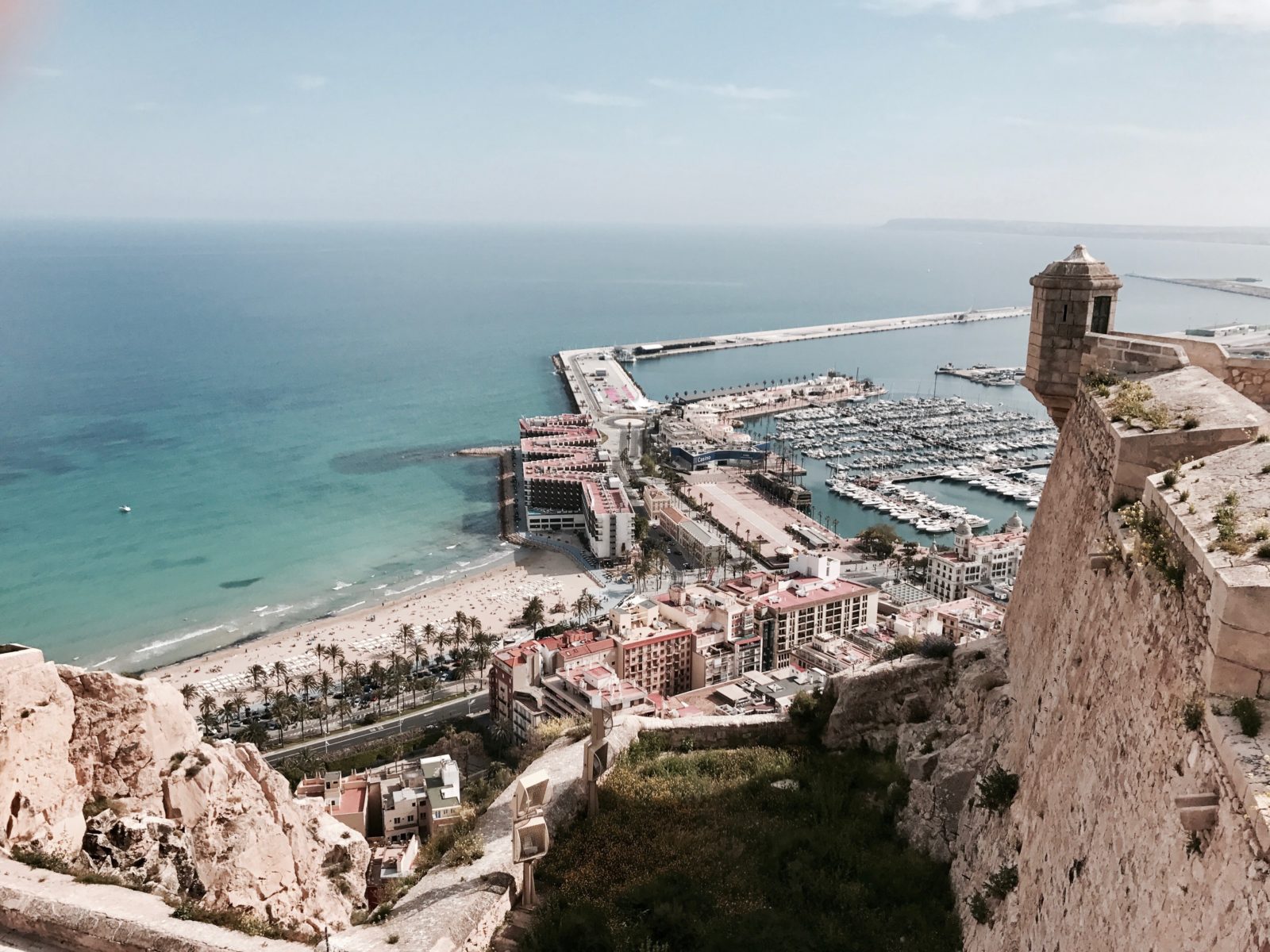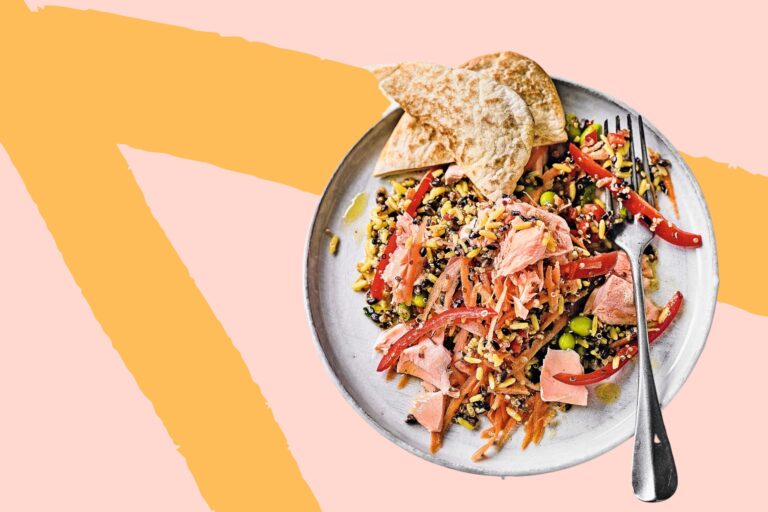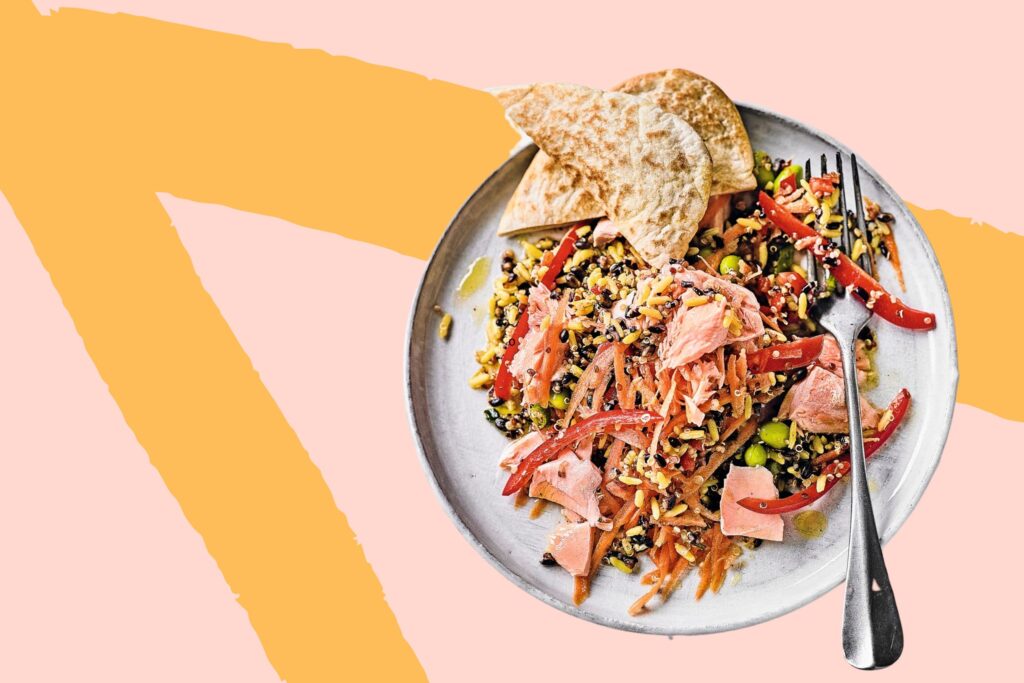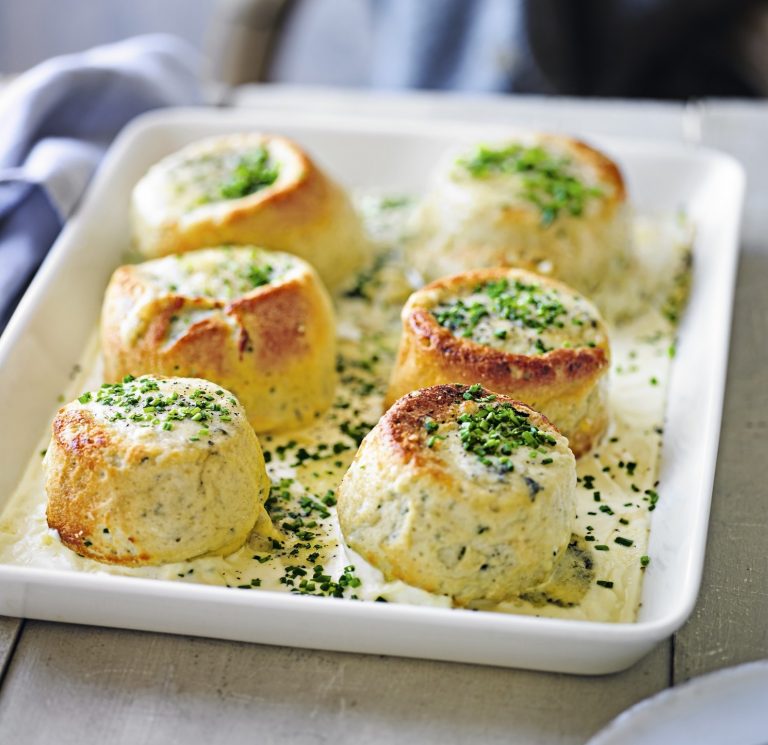Alicante is famous for its crowded beaches, technicolour markets and passionate local pride. No, this is not a gateway to the lesser, more overwhelming Benidorm; this is a place with personality and a unique rhythm of life.
This Costa Blanca city was originally founded by the Romans who called it Lucentum, the City of Light. And that feels like an apt description; a bright, welcoming enclave illuminated by the mediterranean sun and highlighted by the warmth of the Spanish culture. A city of dichotomy, no doubt. And if you want to dive in, come join us; with our 6 IDEAL things to do in Alicante.
VISIT MERCADO CENTRAL
If you’re considering buying one of the many villas with private pools for sale in Alicante, then there’s no better excuse for heading to Mercado Central. Visiting it is equal to a crash course in regional cuisine. It’s full of fresh produce, with approximately 292 stalls selling everything from food and condiments to local regional flowers. With neatly arranged displays of seafood stalls, fresh fruits and vegetables it really is a feast for the eyes and for the stomachs.

STROLL AROUND THE OLD TOWN
Getting lost in the narrow, maze like streets of the charming old town is something everyone should do in any new, unexplored Spanish town. But Alicante is unique. Known fondly as the ‘old el barrio’ by the locals, during the day the streets are quiet and calm, but at night it comes alive with the hustle and bustle of fun filled Spanish evenings. Indeed, the nightlife here starts really late – at least midnight – a surprise for British visitors used to a 6pm dinner. It’s a place where people of all ages come to enjoy the tapas bars, taverns and discotheques; the later the better.
STROLL DOWN THE EXPLANADA DE ESPAÑA
Perhaps the heart and soul of Alicante is the Explanada de España which is the ideal place for an evening stroll. This tree lined marble promenade, with wavy patterns that are said to represent the Mediterranean Sea starts in the old town and goes all the way along the seafront. If you love to people watch, then this is the place for you. Just take a seat at one of the many cafes that line the walkway, order a drink and soak up the atmosphere.

EAT LOTS AND LOTS OF TAPAS & TRY THE LOCAL WINE
If you’re after world-class tapas then you’ll find them in Alicante. Nothing is more Spanish than a night of tapas eating (other than bullfighting and flamenco dancing) and if you’re in the know, you won’t even be sitting down for your starter until nearly midnight. Finding a good tapas bar isn’t hard – look for those packed with locals drinking and devouring the local treats on offer.
While you’re here, make sure you wash your tapas down with at least one glass of Alicante’s local wine. The area was once as synonymous with wine as Rioja is now, however even today the Alicantinos prefer wines from Northern Spain. But, there is a growing movement to bring back the grape and bottle from the Alicante region. Fondillón is Alicantes most famous wine; full bodied, suave and sweet, the wine is made from over-ripened Monastrells grapes, creating a complex drink not found on many supermarket shelves. The taste is reminiscent of sherry and is the ideal digestive, and one to impress your dinner party guests with, too.
SEE THE VIEW AT SANTA BARBARA CASTLE
Perched on top of Mount Benacantil, at a height of 166 meters sits a glorious golden fortress. The Santa Barbara Castle is one of the largest mediaeval fortresses in Europe and was originally built by the Moors in the 10th century. While the architecture with its Arabic influences is undeniably a draw, arguably one of the main reasons people visit the medieval fortress is for the view. Indeed the panoramic view of Alicante’s bay from up there is breathtaking and for the very best views, climb to the top of the ‘La Torreta’ known also as the upper keep.

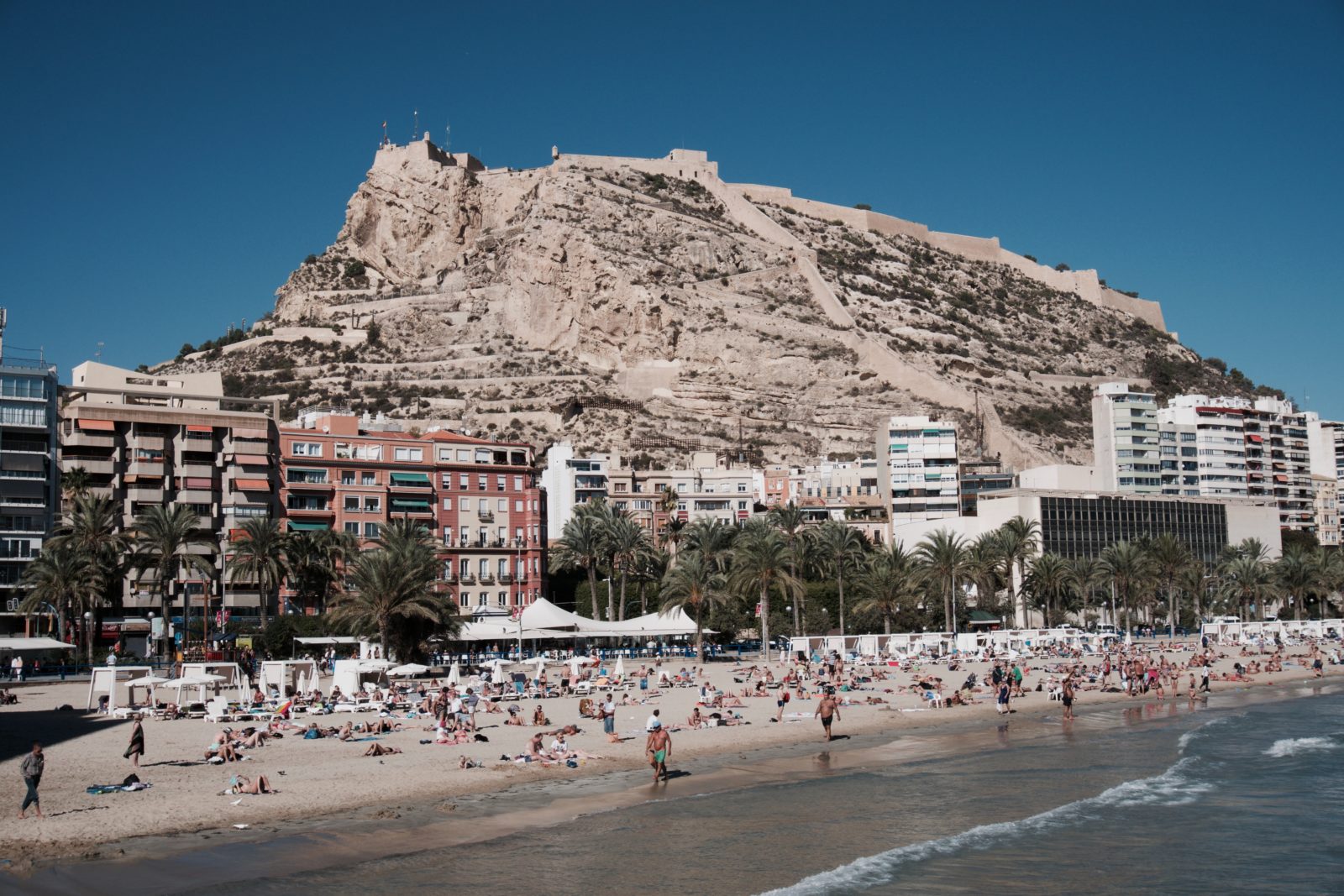
TAKE IN THE ARTS AT MACA
Set in a former prison dating back to 1685 , Alicante’s museum of contemporary art is home to a fine collection of Spanish art. With an amazing collection of 20th Century painters including Pablo Picasso, Salvador Deli and Jaun Gris, this is definitely a museum that will satisfy your inner culture vulture.

